
Liquid Silicon Rubber (LSR)
Liquid Silicone Rubber (LSR) is a versatile, high-performance elastomer made of silicone known for its durability, flexibility, and resistance to extreme temperatures and harsh environments. LSR is a two-part material mixed and injected into molds to create parts with complex geometries. It is widely used in industries like automotive, medical, electronics, and consumer goods due to its biocompatibility, heat resistance, electrical insulation properties, and ability to maintain its physical properties over a wide range of temperatures.
Category: Polymer Material
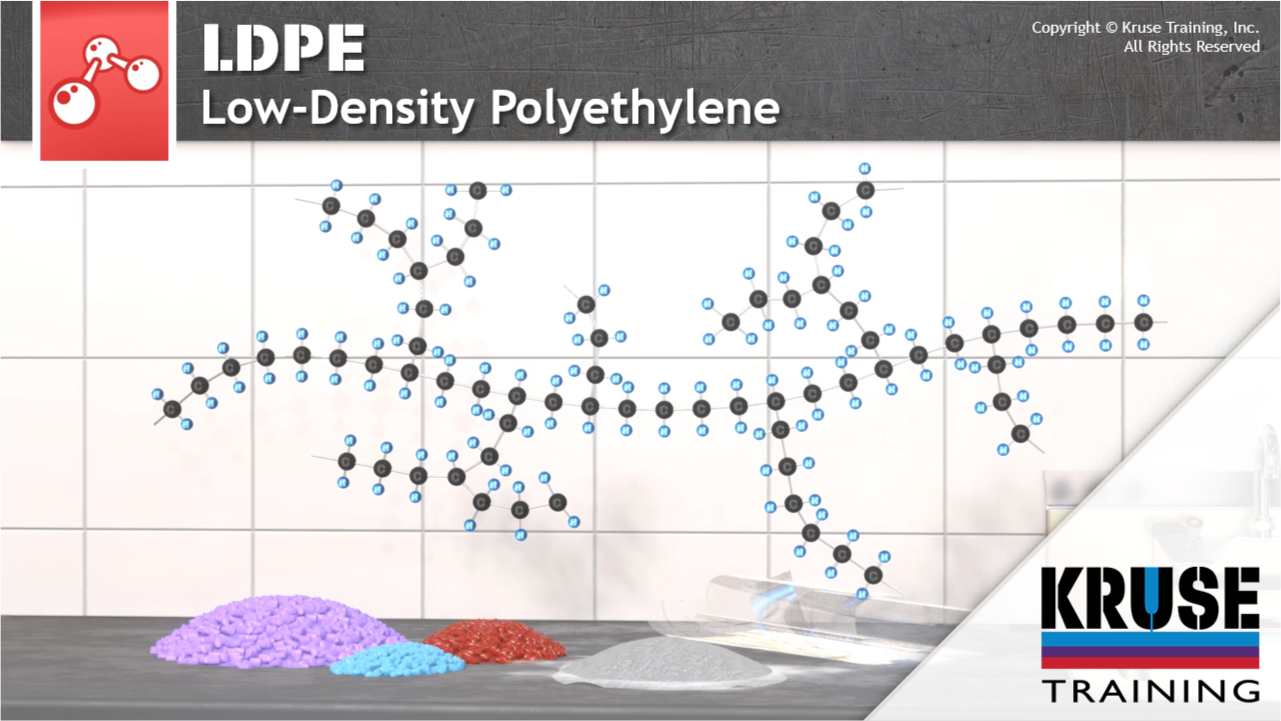
Low-Density Polyethylene (LDPE)
Low-Density Polyethylene (LDPE) is a type of plastic material known for its flexibility, low density, and high impact resistance. It is made from the polymerization of ethylene and has a branched molecular structure, which gives it a lower density than other polyethylene types. LDPE is commonly used in applications like plastic bags, squeeze bottles, tubing, and insulating materials due to its toughness, chemical resistance, and ease of processing.
Category: Polymer Material
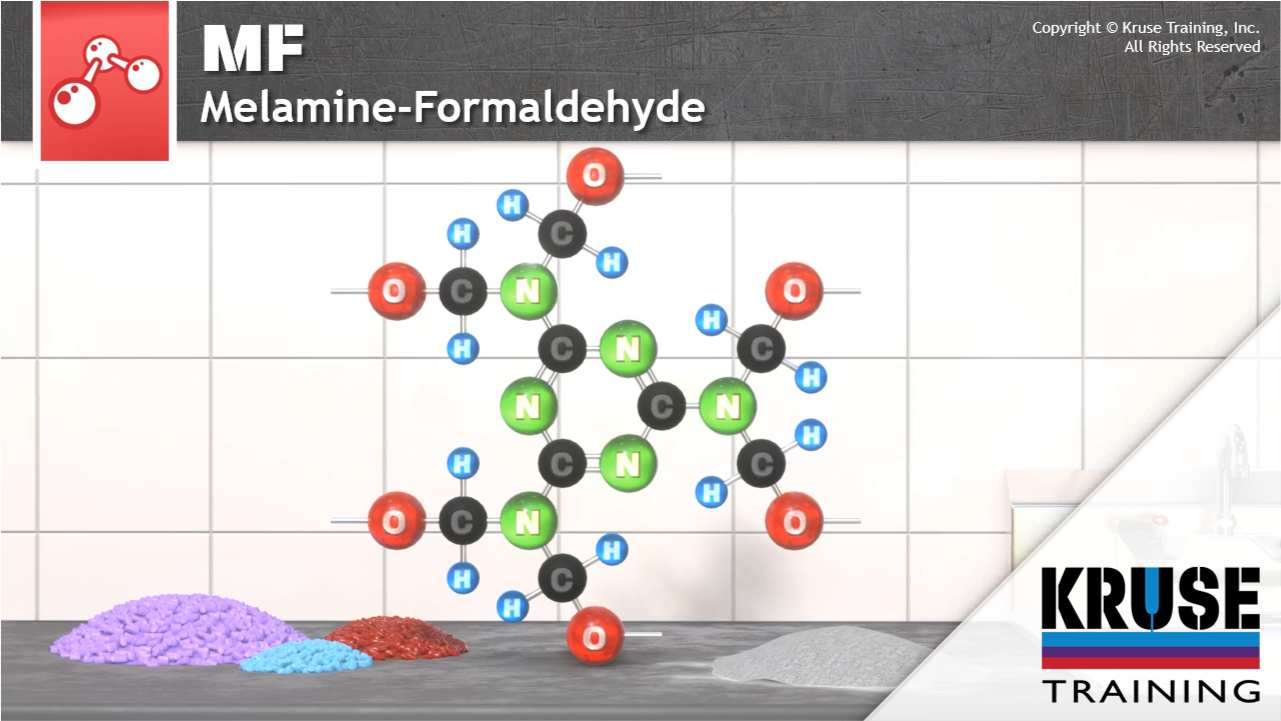
Melamine-Formaldehyde (MF)
Melamine-Formaldehyde (MF) is a durable, thermosetting polymer formed by the reaction of melamine and formaldehyde. It is widely used to produce laminates, adhesives, molding compounds, and coatings. MF is known for its high heat, chemicals, and moisture resistance, making it ideal for kitchenware, countertops, and electrical insulation. Its surface hardness and glossy finish also contribute to its use in decorative surfaces.
Category: Polymer Material
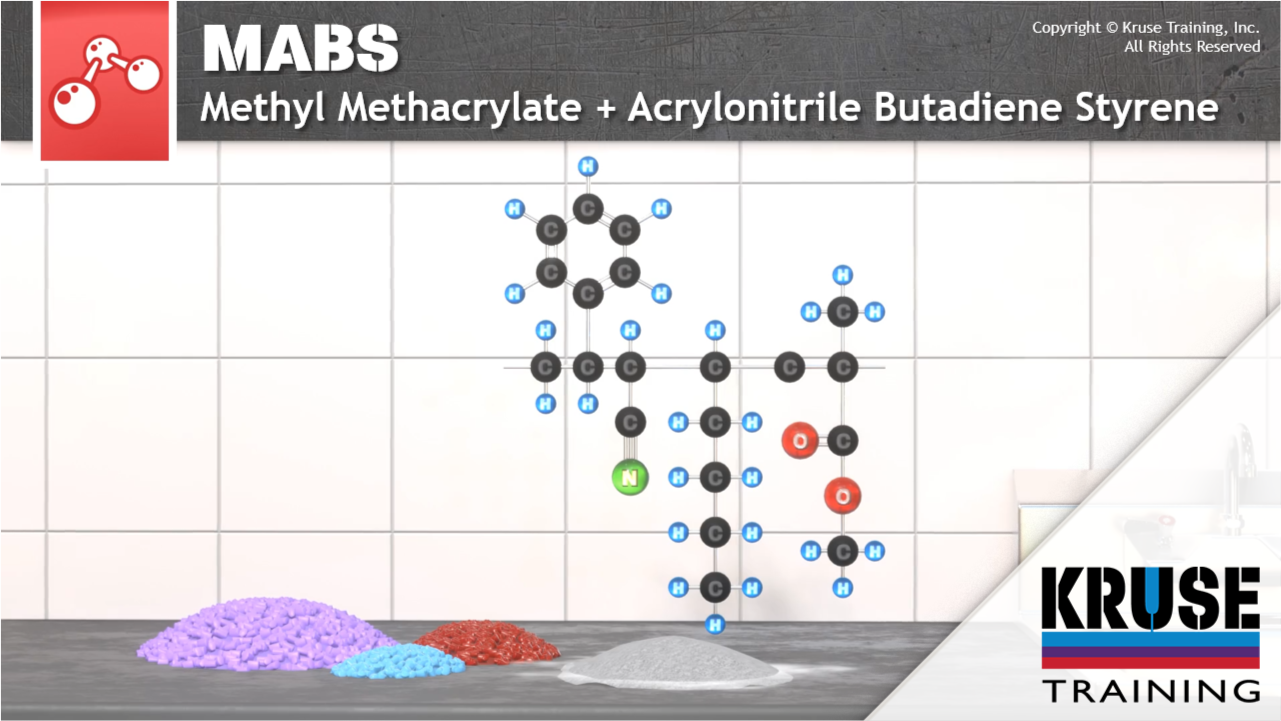
Methyl Methacrylate and Acrylonitrile Butadiene Styrene (MABS)
Methyl Methacrylate and Acrylonitrile Butadiene Styrene (MABS) is a type of thermoplastic that combines the properties of both methyl methacrylate (MMA) and acrylonitrile butadiene styrene (ABS). It offers excellent clarity, high impact strength, and good chemical resistance, making it ideal for applications requiring a transparent yet durable material. MABS is commonly used in medical devices, consumer electronics, and various household products due to its balance of toughness, transparency, and processability.
Category: Polymer Material
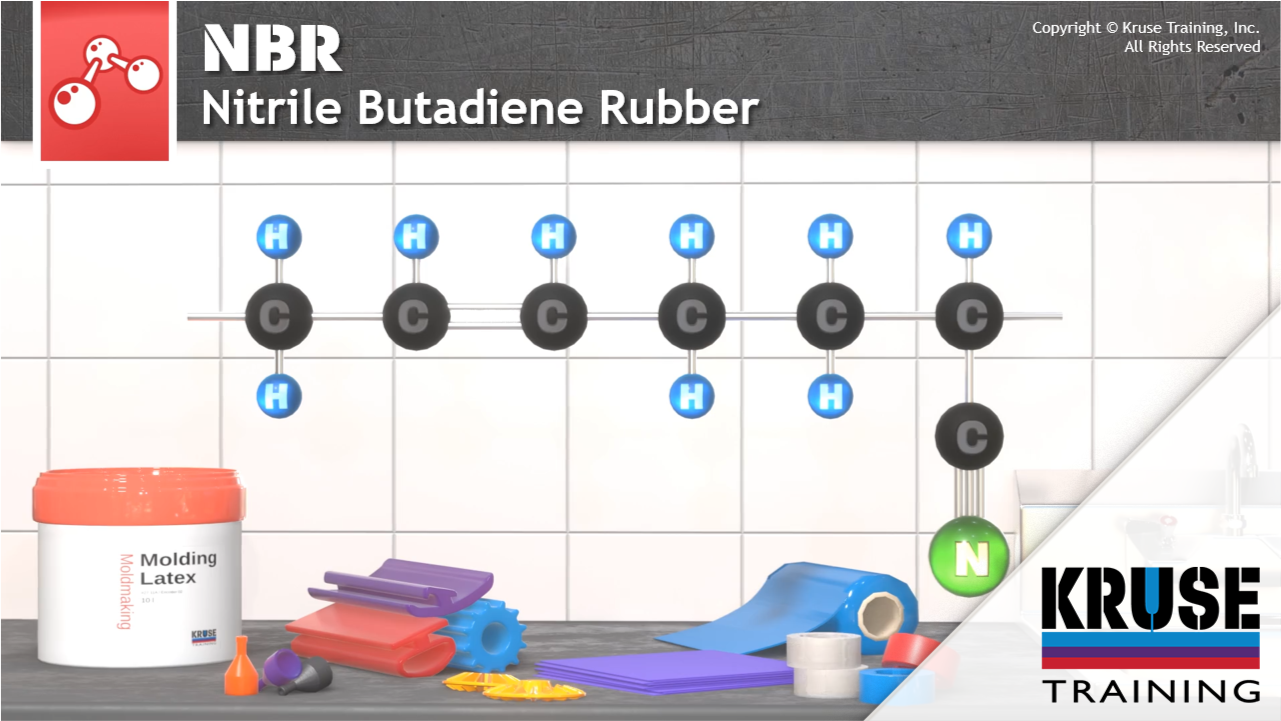
Nitrile Butadiene Rubber (NBR)
Nitrile Butadiene Rubber (NBR) is a synthetic rubber known for its excellent resistance to oils, fuels, and chemicals, making it ideal for use in automotive, industrial, and aeronautical applications. NBR is also highly durable and has good physical properties like abrasion resistance and tensile strength. This material is commonly used in seals, gaskets, hoses, and gloves. Its flexibility and resistance to temperature variations further enhance its versatility across different industries.
Category: Polymer Material

Perfluoroalkoxy (PFA)
Perfluoroalkoxy (PFA) is a type of fluoropolymer known for its excellent chemical resistance, high-temperature tolerance, and non-stick properties. It is similar to polytetrafluoroethylene (PTFE) but with enhanced flexibility and transparency. PFA can withstand temperatures up to 260°C (500°F), making it ideal for use in harsh industrial environments, such as chemical processing, semiconductor manufacturing, and components like tubing, pipes, and coatings. Its smooth surface and low permeability to gases and liquids make it valuable in applications where purity and resistance to contamination are critical.
Category: Polymer Material

Phenol-formaldehyde resins (PF)
Phenol-formaldehyde (PF) resins are synthetic polymers made by reacting phenol with formaldehyde. They are one of the earliest synthetic resins, widely known for their high mechanical strength, heat resistance, and chemical stability. PF resins are used extensively in producing molded products, adhesives, coatings, and laminates. Their applications include electrical insulation, wood products (like plywood and particleboard), and automotive components. The material is often thermosetting, which hardens irreversibly when heated, making it durable and resistant to wear.
Category: Polymer Material

Poly(methyl methacrylate) (PMMA)
Poly(methyl methacrylate) (PMMA), commonly known as acrylic or plexiglass, is a transparent thermoplastic widely used as a lightweight and shatter-resistant alternative to glass. PMMA is known for its clarity, UV resistance, and durability, making it popular in applications like windows, lenses, signs, and protective barriers. It is produced through methyl methacrylate (MMA) polymerization and offers excellent optical properties, with high light transmission and weatherability. PMMA can be easily molded, shaped, or colored, making it versatile in industrial and consumer products.
Category: Polymer Material
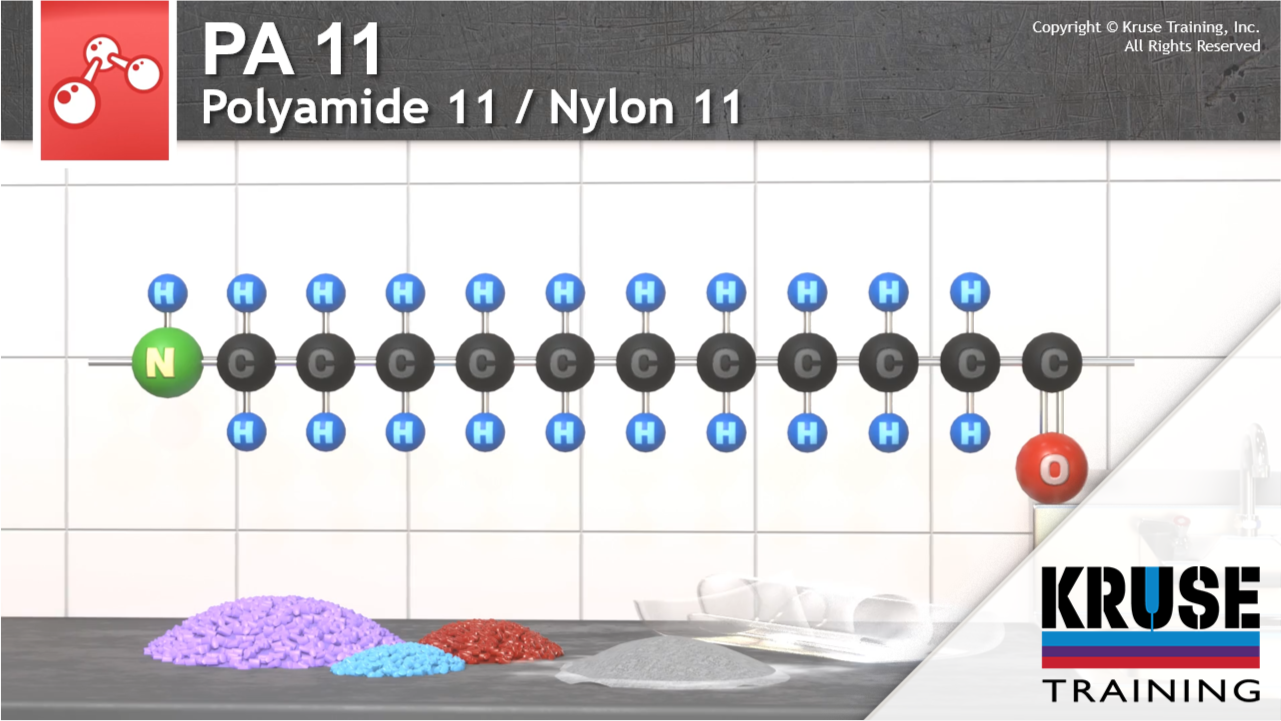
Polyamide 11
Polyamide 11 (PA 11) is a bio-based, semi-crystalline thermoplastic polymer derived primarily from castor oil. It belongs to the nylon family of materials and is known for its excellent balance of mechanical, thermal, and chemical properties. PA 11 is lightweight, resistant to chemicals, and offers high-impact strength and flexibility, even at low temperatures. It is widely used in various industries, including automotive, electronics, sports, and medical applications, where durability and sustainability are essential.
Category: Polymer Material
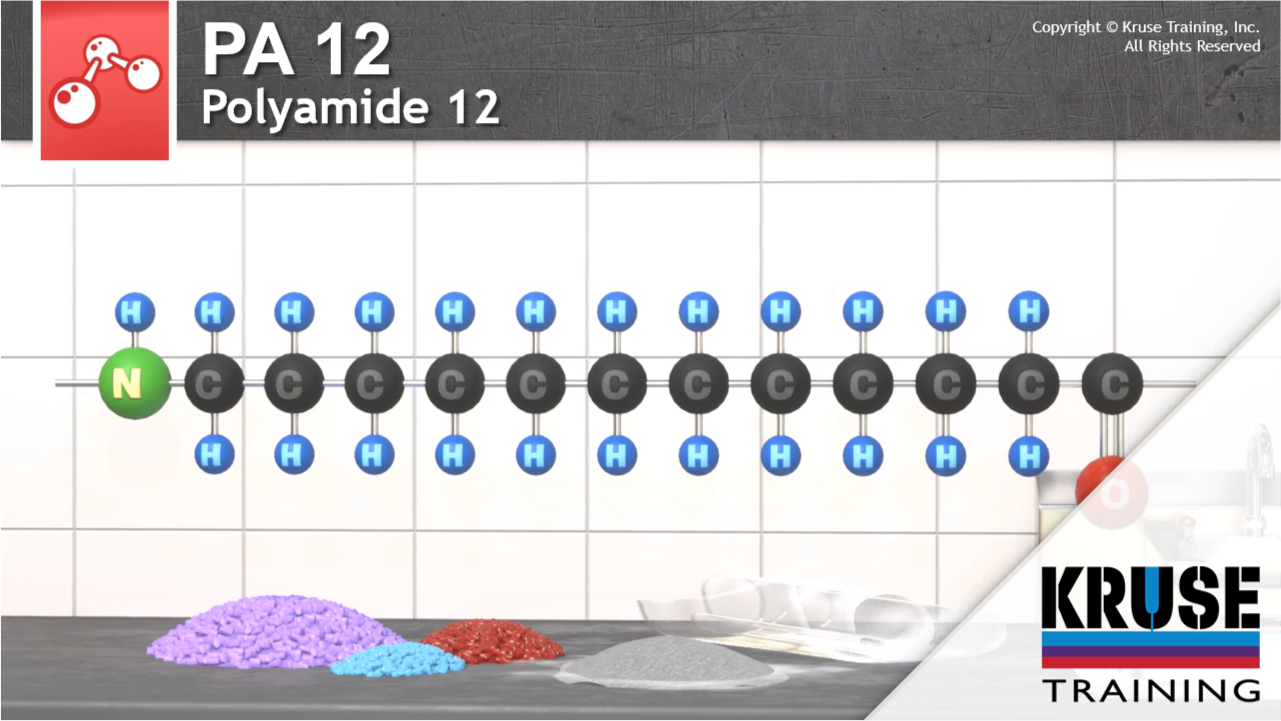
Polyamide 12
Polyamide 12 (PA 12) is a high-performance thermoplastic polymer from the nylon family. It is known for its excellent mechanical properties, flexibility, and chemical resistance. PA 12 exhibits low moisture absorption compared to other polyamides, which enhances its dimensional stability in various applications. PA 12 is lightweight, durable, and resistant to abrasion, fuels, oils, and alkalis, making it suitable for automotive, electronics, and consumer goods industries.
Category: Polymer Material
